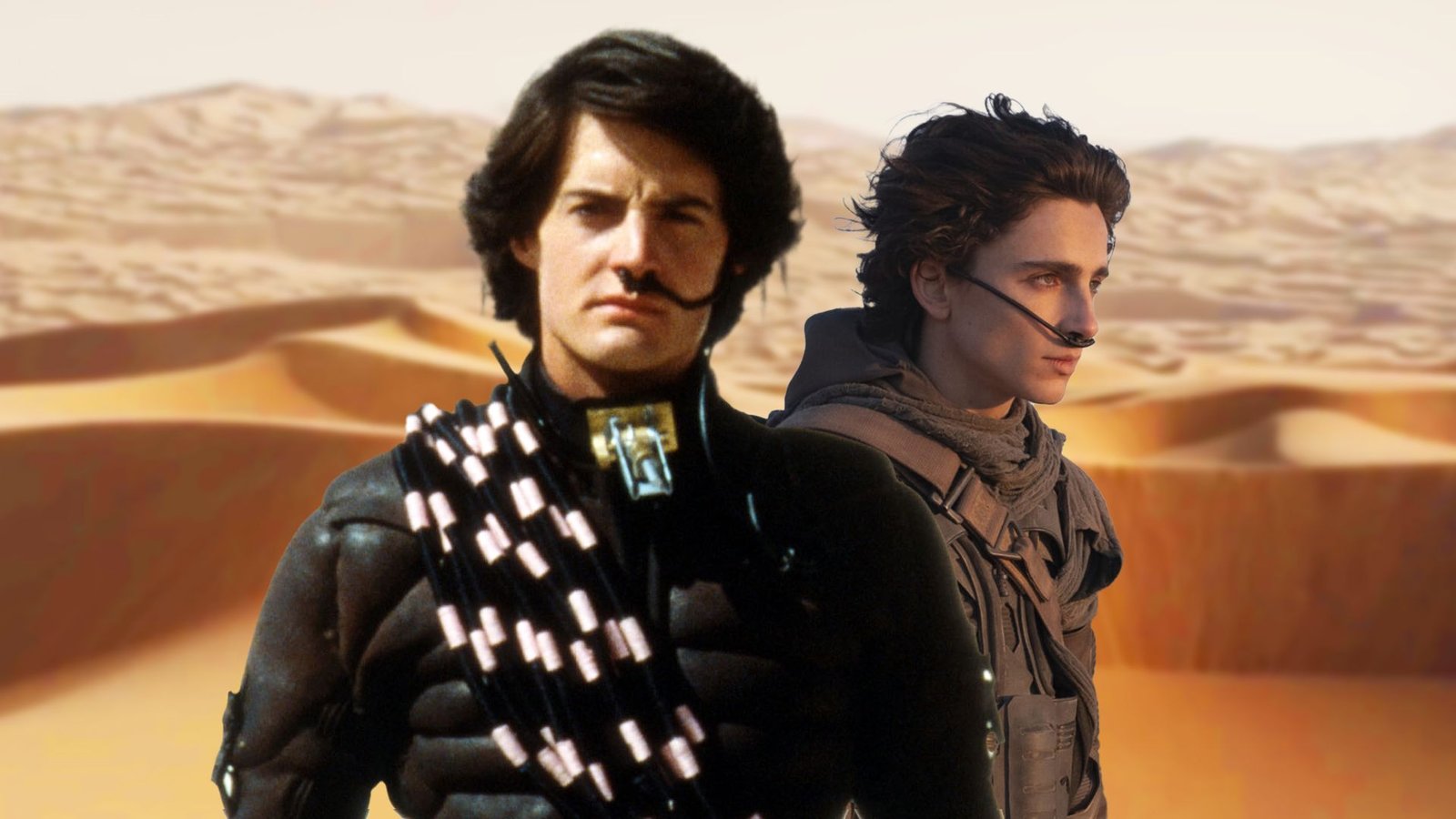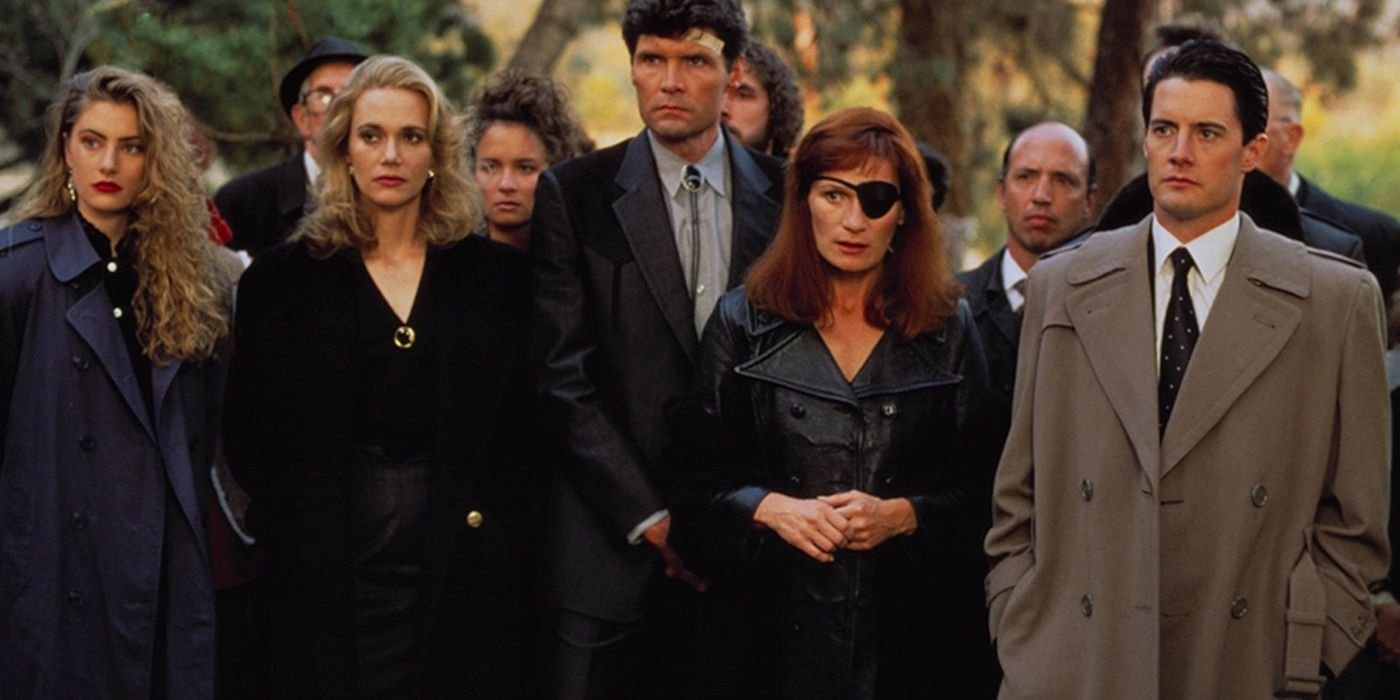Autumn is the perfect time to go back to Twin Peaks. Partially because it’s cozy, and partially because it really, really isn’t.
The Good And Very Bad Vibes Of Twin Peaks
I’ve never been all that into media marketed on the strength of its coziness. In recent years, the hunger for ‘cozy’ media has grown in multiple artistic fields, as slice-of-life fantasy like Legends & Lattes kicked off a major trend in genre books, and post-Stardew Valley farming and lifestyle sims have increasingly been sold on the easygoing comfort they provide. I like cozy stuff, but aspiring to coziness has always seemed like becoming a writer because you want to be fabulously wealthy: it’s fine if it’s a byproduct, but it shouldn’t be the main goal.

Related
Watching Twin Peaks: Fire Walk With Me Made Me Fall In Love With Alan Wake 2
Knowing where the game draws its inspiration from only elevates my experience of it
I probably feel that way because my favorite cozy media is often decidedly uncozy. When I’m sick, I tend to reach for a thriller. Preferably one with a serial killer or two. The Silence of Lambs, Zodiac, and Gone Girl are all movies I’ve watched while I was curled up miserable on the couch. I love Gilmore Girls, too, but when I need a pick-me-up, I tend to reach for something with a little more teeth.
Which is why I love Twin Peaks so much. On the one hand, it is an extremely cozy show and the ideal watch as the temperature begins to drop and the leaves begin to change. There’s so much wood paneling, so many scenic shots of the environment, so many great shots of characters in light jackets. Dale Cooper is a relentlessly optimistic protagonist, who cherishes the same small things in life that I also happen to cherish: good pie and a damn fine cup of coffee. The residents of the small Pacific Northwest town are lovably quirky, and that rustic setting, first showcased in the gorgeously soundtracked intro, is beautifully quaint and impossibly scenic. It’s a series that is filled with humor, comfort, and good vibes.
And yet, the bad vibes are always there, too, lurking at the edges of the frame. With Twin Peaks, co-creators David Lynch and Mark Frost were exploring the same territory that Lynch had mined a few years earlier in Blue Velvet: digging into the barely veiled darkness of smalltown American life. The show’s inciting incident makes this juxtaposition apparent, as the corpse of Laura Palmer, the town’s all-American homecoming queen washes up on a beach, wrapped in plastic.
Twin Peaks Juxtaposes Comfort And Cruelty
Lynch explored this conflict throughout the series, digging into how family and friends can be both a wellspring of comfort and joy and the source of pain and abuse. He dug especially deep with Twin Peaks: Fire Walk with Me, which told the story of the week leading up to Laura Palmer’s death. Most of the small town charm and quirk is stripped away as the film focuses on the depths of Laura’s suffering.
But it’s all there from the beginning of the series, too. The pilot is the best exploration of communal grief I’ve ever seen, and Lynch and Frost serve that up alongside the warm weirdness the series is often more remembered for. Pete Martell, who discovers Laura Palmer’s body, also intones the iconic line, “Fellas, don’t drink that coffee! You’d never guess. There was a fish in the percolator!”
Twin Peaks lives on the border between cozy and emotionally devastating, and that makes it perfect for the fall. It gives me the coziness I want when the air is crisp. But, it also delivers the horror I look for in October. It’s horrific and also feels like a hug, and that contrast is why it still endures, through fall after fall, 35 years later.

Next
The New Dune Movie Is Great, But There Are A Few Things David Lynch Just Did Better
Denis Villeneuve’s take on Dune is excellent, but in some ways it’s inferior to David Lynch’s maligned 1984 adaptation.
